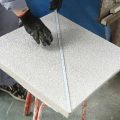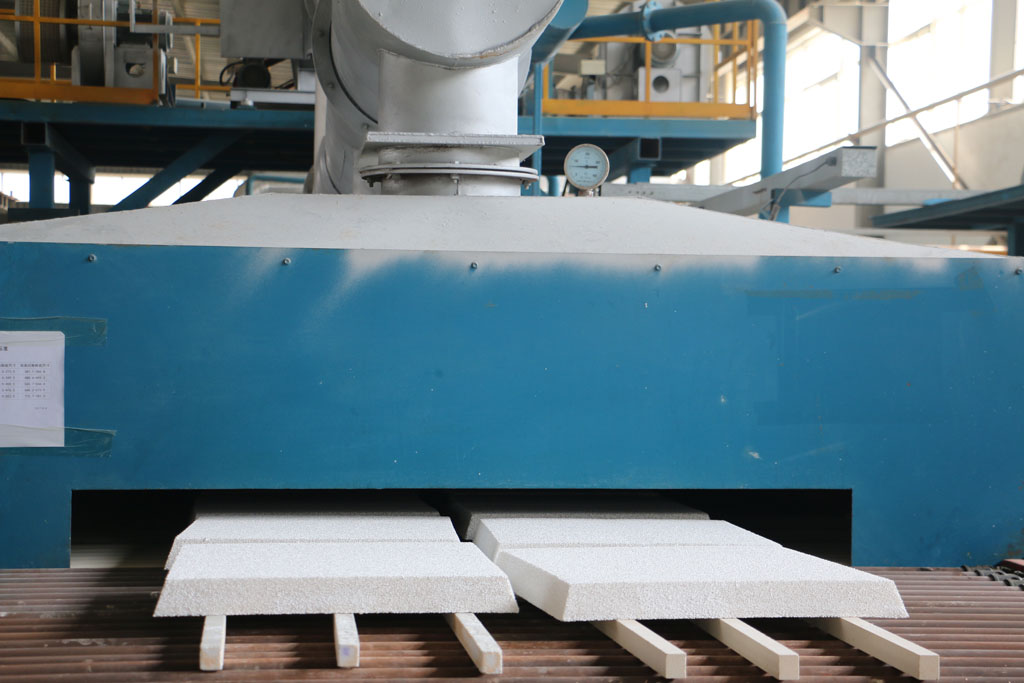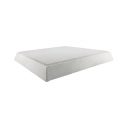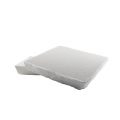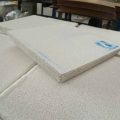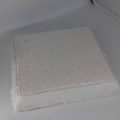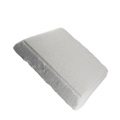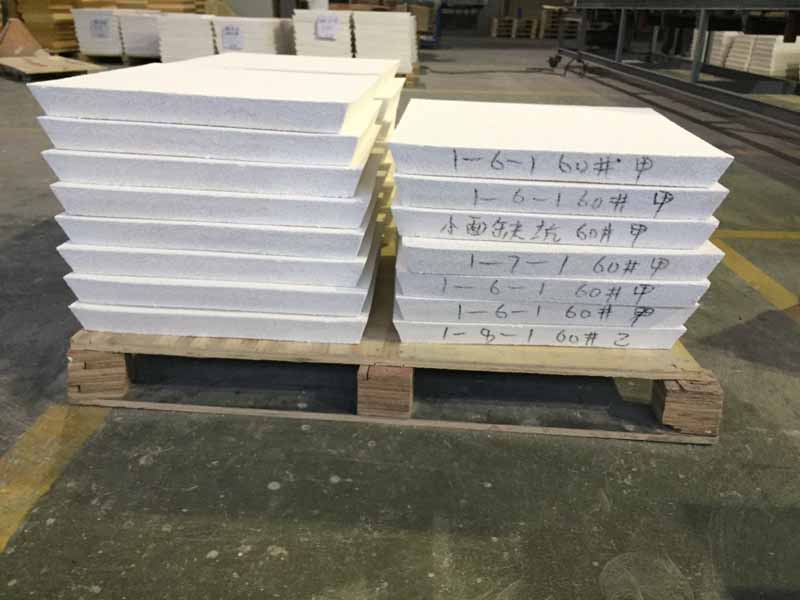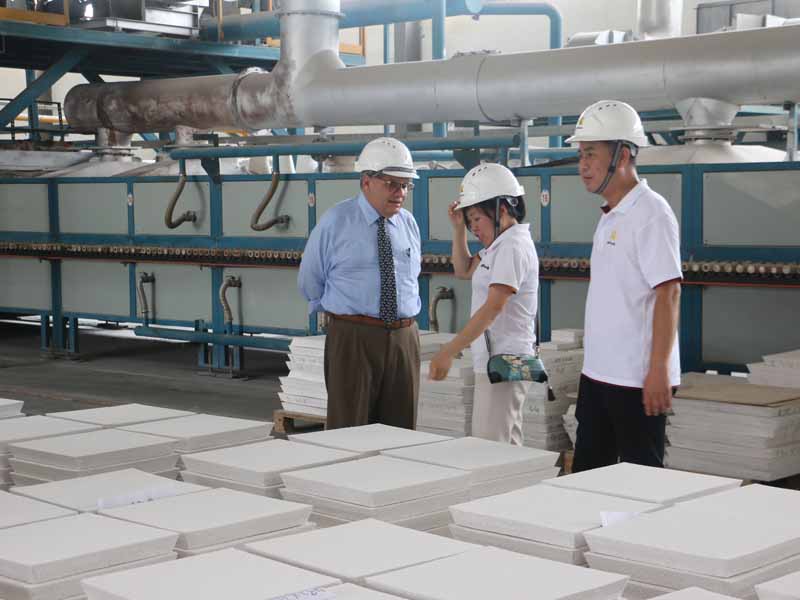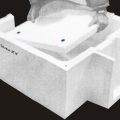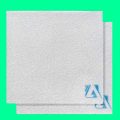Foundry Ceramic Filter can effectively remove large inclusions in molten aluminum and adsorb micron-sized particles of inclusions, which can improve surface quality, improve product performance, improve microstructure, and increase yield.
It is widely used in the production fields of aluminum profile, aluminum foil, aluminum alloy and so on.
The slag inclusion defects in the castings greatly affect the production efficiency and economic benefits of the iron casting plant.
Coarse inclusions on the surface reduce the surface finish of the casting, and cause the casting to be directly scrapped in severe cases.
Inclusion defects under the skin are usually found only in the processing stage, assembly stage or actual use stage.
For example, in the processing workshop, the existence of macroscopic or microscopic inclusions will reduce the machinability of castings and the life of machining tools.
The inclusions that exist during assembly or during service will reduce the mechanical properties or service performance of the casting, such as causing leakage under pressure.
Castings scrapped during processing, assembly or use usually cause higher losses, because E has performed multiple operations before.
In the practice of casting production, filtration efficiency can be used to evaluate the purification effect of Foundry Ceramic Filter on liquid casting alloys.
Samples were taken from the top and bottom of each casting in the same heat or the same ladle of molten metal to determine the cleanliness of the filtered and unfiltered castings.
Use an optical microscope and a scanning electron microscope to analyze the inclusion assembly area. Buy Foundry Ceramic Filters from www.adtechamm.com
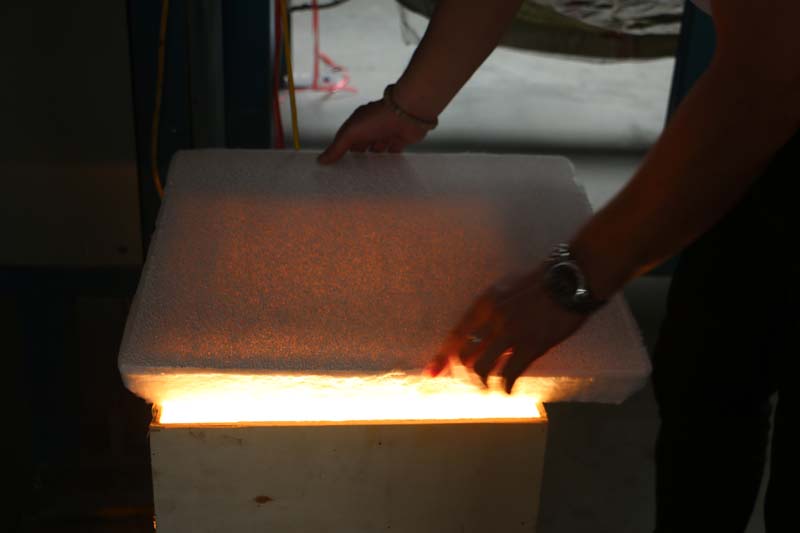
The shape, size and size distribution of the inclusions were determined with an image analyzer, and the concentration of the inclusions was quantitatively analyzed by extraction and gravimetric analysis.
Consider using the area of the slag-collecting oxide as the evaluation sample cleanliness, size, and the cleanliness of the cast alloy is the area ratio of the slag-collecting oxide per unit weight of the sample.
The filtration efficiency is the percentage of the ratio of the oxide surface area difference per unit weight of the sample before and after filtration to the oxide surface area of the sample before filtration.
The setting of the Foundry Ceramic Filter should not only achieve the best filtering effect, but also keep the molten metal flowing at an appropriate flow rate. For this reason, the area ratio between the gate and the filter placement position should be proportional.

